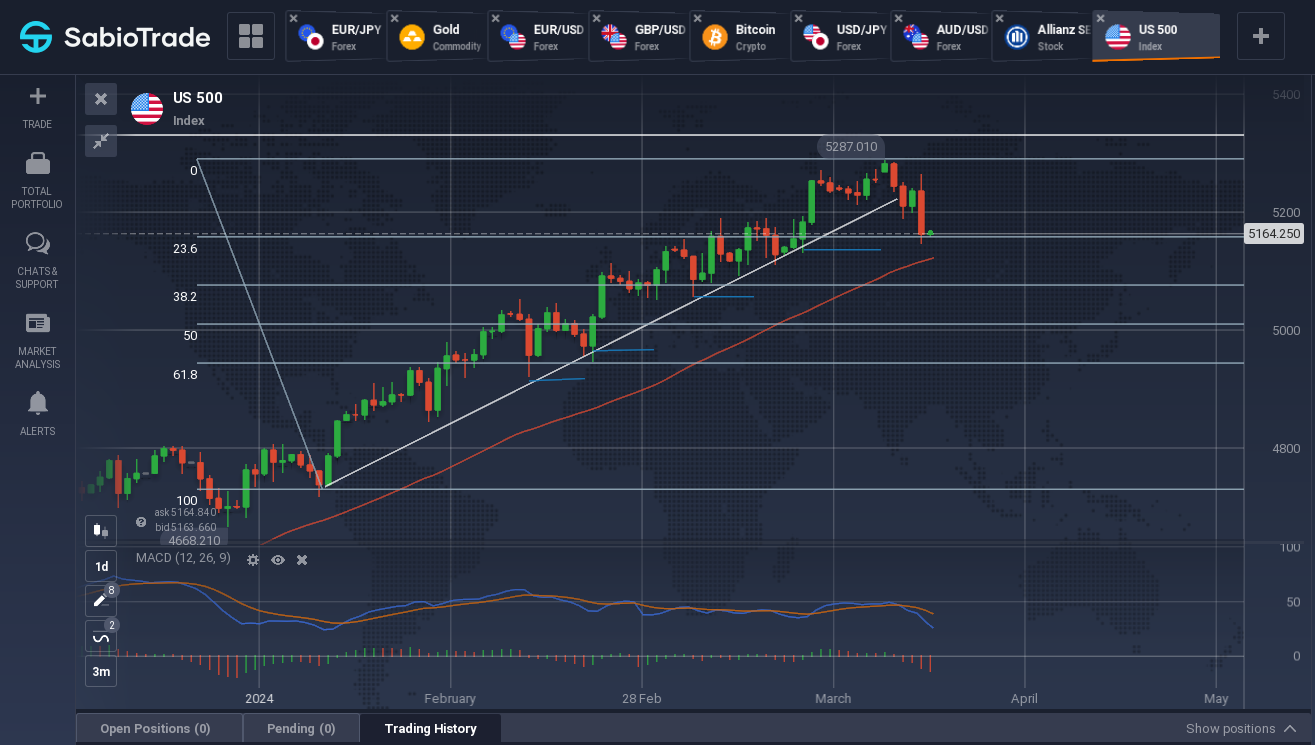Wall Street Oscila: Foco no Fed e no Relatório de Empregos



Wall Street vivenciou um recuo significativo na quinta-feira, com os três principais índices de ações dos EUA—o Dow Jones Industrial Average, o S&P 500 e o Nasdaq Composite—caindo mais de 1% cada. O S&P 500 teve sua maior queda percentual diária desde 13 de fevereiro, caindo 1,23% ou 64,28 pontos para fechar em 5.147,21. Esse declínio foi influenciado pelos comentários cautelosos dos oficiais do Federal Reserve sobre possíveis cortes nas taxas de juros e pela expectativa do mercado em relação ao próximo relatório de empregos dos EUA, agendado para sexta-feira.
Amidst these market movements, geopolitical tensions rose following U.S. President Joe Biden’s appeal for an immediate ceasefire in Gaza during a conversation with Israeli Prime Minister Benjamin Netanyahu, contributing to a surge in oil prices. On the sector front, technology stocks led the downturn with a 1.7% decrease, while defense companies like Lockheed Martin bucked the trend with gains. Key Fed voices, including Minneapolis Fed President Neel Kashkari, suggested a possible two rate cuts this year, depending on inflation trends. However, Kashkari and others like Richmond Fed President Thomas Barkin, emphasized a need for more data and discussion before any decision, signaling a cautious approach to policy adjustments.
Investor sentiment was further reflected in the stock market’s early gains following a report that showed an unexpected increase in U.S. jobless claims, sparking hopes for an imminent rate cut. However, these gains were short-lived as the markets digested the Fed officials’ comments and braced for the jobs report. The Cboe Volatility Index, a measure of market anxiety, spiked to its highest level since November 1. Looking ahead, the nonfarm payrolls report for March, anticipated to show a drop in new jobs to 200,000 from February’s 275,000, alongside upcoming inflation data, will be crucial in shaping the Fed’s policy direction in the coming months.